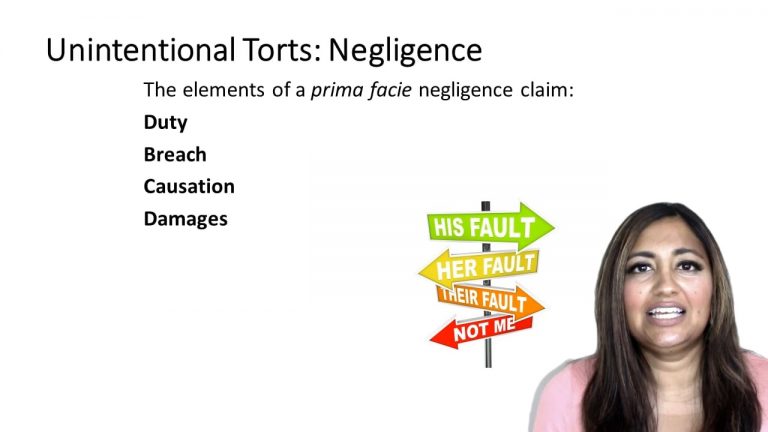SmartBrief
Confirm favorite deletion?
Torts Keyed to Franklin
Hammontree v. Jenner
Citation:
20 Cal.App.3d 528, 97 Cal.Rptr. 739 (Cal. Ct. App. 1971)
ProfessorMelissa A. Hale
CaseCast™ – "What you need to know"
Facts
Jenner’s car crashed through the wall of the Hammontrees’ bicycle shop, striking Maxine Hammontree and causing personal injuries and damage to the bicycle shop.
Jenner claimed that he lost control of his car due to an epileptic seizure. Jenner testified that he had a medical history of epilepsy confirmed by examination of several neurologists from 1952 through the date of this car crash accident in 1967. The Department of Motor Vehicles put Jenner on probation around 1955 and required him to report to a doctor on a regular basis to evaluate his condition. Jenner regularly took the medication prescribed by his physician and followed all guidance from doctors. Jenner’s physician testified that he believed that it was safe for Jenner to drive given the precautions Jenner had taken.
Jenner claimed that he had no warning he would have a seizure prior to the accident and that he knew of no other reason for his loss of consciousness.
The Hammontrees claim that the trial court committed prejudicial error in refusing to give a jury instruction on absolute liability that would subject Jenner to liability for all injuries and property damage suffered as a proximate result of Jenner’s inability to control his car, even if Jenner had no warning of his impending seizure. The Hammontrees equated Jenner’s unique knowledge of his epileptic condition to a products liability case in arguing for absolute liability.
During the trial, the Hammontrees withdrew their claim of negligence and stood solely on the theory of absolute liability, waiving both the opening and closing jury arguments. Jenner argued the cause to the jury after which the trial judge read a series of negligence instructions.
Only StudyBuddy Pro offers the complete Case Brief Anatomy*
Access the most important case brief elements for optimal case understanding.
*Case Brief Anatomy includes: Brief Prologue, Complete Case Brief, Brief Epilogue
- The Brief Prologue provides necessary case brief introductory information and includes:
Topic:
Identifies the topic of law and where this case fits within your course outline.Parties:
Identifies the cast of characters involved in the case.Procedural Posture & History:
Shares the case history with how lower courts have ruled on the matter.Case Key Terms, Acts, Doctrines, etc.:
A case specific Legal Term Dictionary.Case Doctrines, Acts, Statutes, Amendments and Treatises:
Identifies and Defines Legal Authority used in this case.
- The Case Brief is the complete case summarized and authored in the traditional Law School I.R.A.C. format. The Pro case brief includes:
Brief Facts:
A Synopsis of the Facts of the case.Rule of Law:
Identifies the Legal Principle the Court used in deciding the case.Facts:
What are the factual circumstances that gave rise to the civil or criminal case? What is the relationship of the Parties that are involved in the case.Issue(s):
Lists the Questions of Law that are raised by the Facts of the case.Holding:
Shares the Court's answer to the legal questions raised in the issue.Concurring / Dissenting Opinions:
Includes valuable concurring or dissenting opinions and their key points.Reasoning and Analysis:
Identifies the chain of argument(s) which led the judges to rule as they did.
- The Brief Prologue closes the case brief with important forward-looking discussion and includes:
Policy:
Identifies the Policy if any that has been established by the case.Court Direction:
Shares where the Court went from here for this case.
Topic Resources
Topic Refresher Course

 3m 43s
3m 43s